Last Updated on 02/12/2023 by Mark Beckenbach
There’s been lots of development to help photographers take photos easier. Many of us found a lot of joy in bird detection in the past few years. Bird detection helps you get that perfect photo of a bird much easier by checking AI databases for the shapes of birds. It further lets you find them by colors, and even lets you get their eyes in focus with the right lighting settings. Combined with their lightweight lenses, OM SYSTEM is a fantastic choice at getting birds in focus.
Table of Contents
Recommended Gear

- OM SYSTEM OM-1
- M. Zuiko 100-400mm f5.0-6.3 IS
- M. Zuiko 40-150mm f2.8 PRO
- M. Zuiko 150-400mm f4.5 TC1.25x IS PRO
- M. Zuiko 1.4x teleconverter MC-14
- M. Zuiko 2x teleconverter MC-20
We’re recommending this gear for a few reasons. First and foremost is the combination of light weight and durability. OM SYSTEM works to get IP-durability ratings on their cameras and lenses that are claimed to have weather resistance. Because it’s also a Micro Four Thirds system, there’s a bunch of advantages involved here too. At a given aperture, more of the subject will be in focus than it will with APS-C or Full-frame cameras. So that means that f4 on a Micro Four Thirds camera will be like shooting at f8 on full-frame. This further translates into not needing to stop the lens down so much, therefore having more light at a given depth of field.
In bright daylight, it means that you might only need to shoot at ISO 1600 to get 1/8000th of a second. In practicality and real world shoots, that’s a huge advantage, especially when using bird detection to photograph these avian critters in the wild.
Bird Detection Autofocus
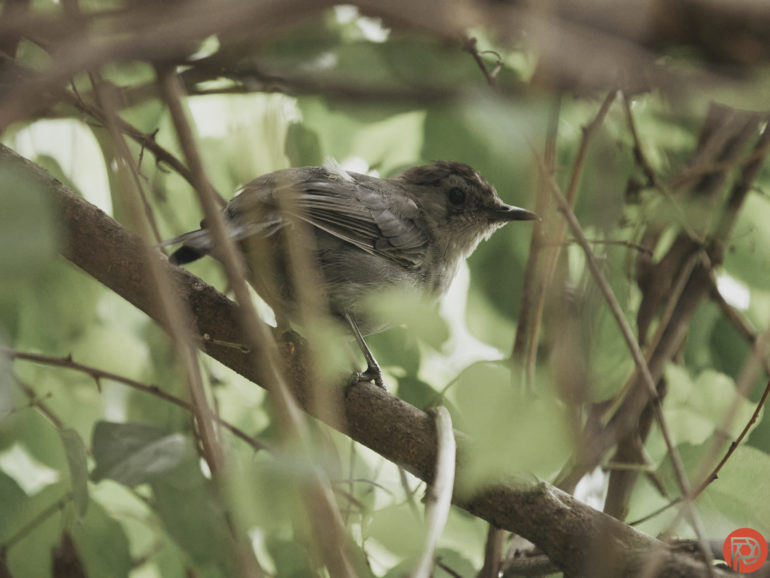
Bird detection autofocus helps you find and quickly photograph birds in the wild. For many years, photographers had to just use the center focusing point, focus on the bird, and then shoot. Later on, they’d recompose, crop, and do all sorts of stuff to create the final image. With bird detection, you’re pretty much guaranteed to get the shot. Here are a few pointers we’re going to go in-depth on later:
- Using Simulated OVF on the OM SYSTEM OM-1 is best when using bird detection autofocus.
- Sometimes cameras have problems finding birds in the forest when there are tree branches in the way. If you’re photographing during the summer with the bird in the trees, any forest canopy in the way can make it even more difficult.
- Modern cameras are pretty great at finding birds even with camouflage.
- The more lighting you have, and the more available light is on the bird, the easier a time the camera will have.
- Shoot at a fast shutter speed. We typically like to use aperture priority combined with a high ISO of at least ISO 1600. Since we’re shooting in RAW, we then get some more versatility.
- When photographing birds, go for at least 1/2000th shutter. They move so fast; one moment they can be facing one direction and by the time you click the shutter they can be gone.
- OM SYSTEM has a special feature called Pro Capture Mode that pre-records the images while you’re autofocusing. Once you choose to fully commit to the image, just fully press the shutter. It will record all the photos you need.
- The OM SYSTEM OM-1 has received a healthy amount of firmware updates since its introduction. And with that said, continuous autofocus performance has improved.
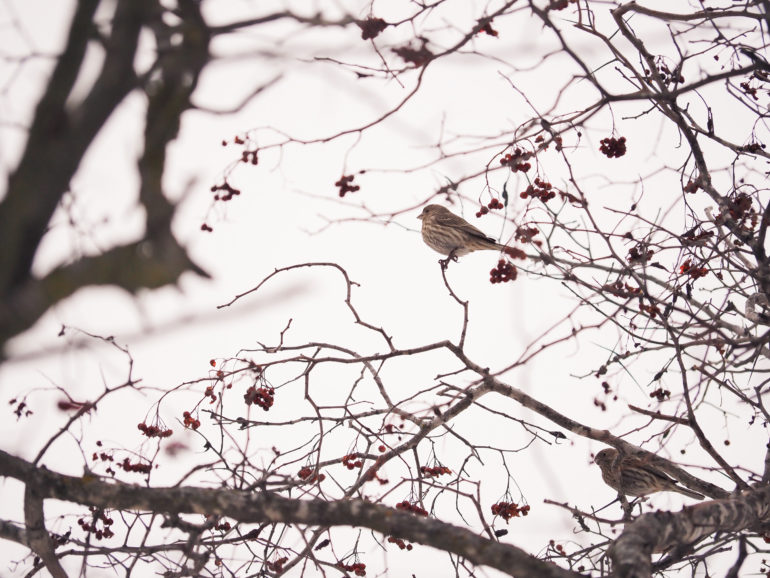
If you’re reading this, we’re pretty sure you understand all the nuances of photography. So we’re going to get into how to use Bird Detection autofocus to its fullest.
How Simulated OVF Helps Here
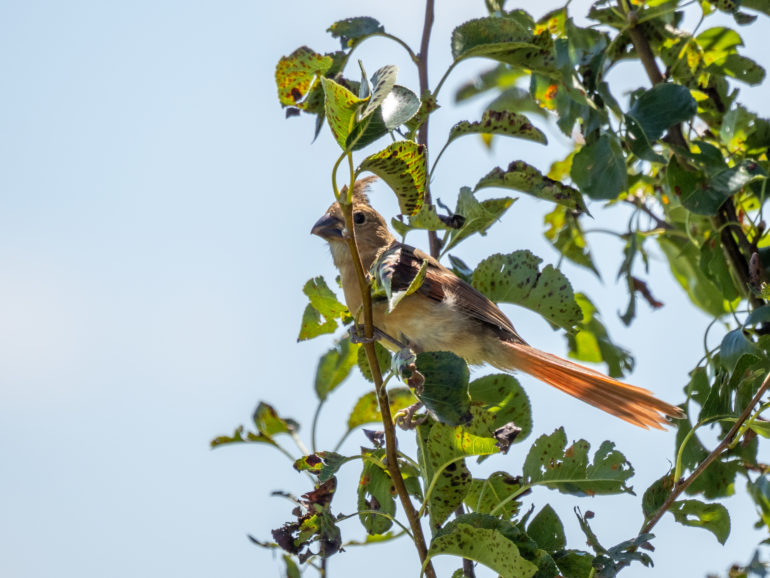
One of the biggest advantages of mirrorless cameras is the fact that it can easily give a photographer a preview of what the image will look like. But with bird photography, you basically throw that out of the window. Not many folks photograph birds in full manual mode because of how fleeting the moments are, and manual mode is when you’d most likely need the exposure preview setting. So instead, you’ll be using something called Simulated OVF. It’s a setting OM SYSTEM has had for years when they were making Olympus cameras.
Here’s what to know about Simulated OVF:
- When using bird detection, it won’t show a constant preview of what the exposure will look like. Instead, it will just show what’s in front of you the same way it would’ve if you shot with a DSLR.
- Simulated OVF prevents a lot of the effects of movement blur in the screen. So you can just focus on capturing photos of birds.
- Because the camera isn’t also trying to show you what the exposure will look like, the processor isn’t working as hard. That translates into better battery life and more time for you to use bird detection while you’re out photographing them in the wild.
- When combined with a very fast readout speed, simulated OVF can work pretty much just like real life (but digitally).
- Simulated OVF works best when you’re also customizing both the colors of the grid and focusing points. This all depends on your vision, but I prefer to make mine yellow. It stands out and is sometimes easier to see than blue, green, and yellow.
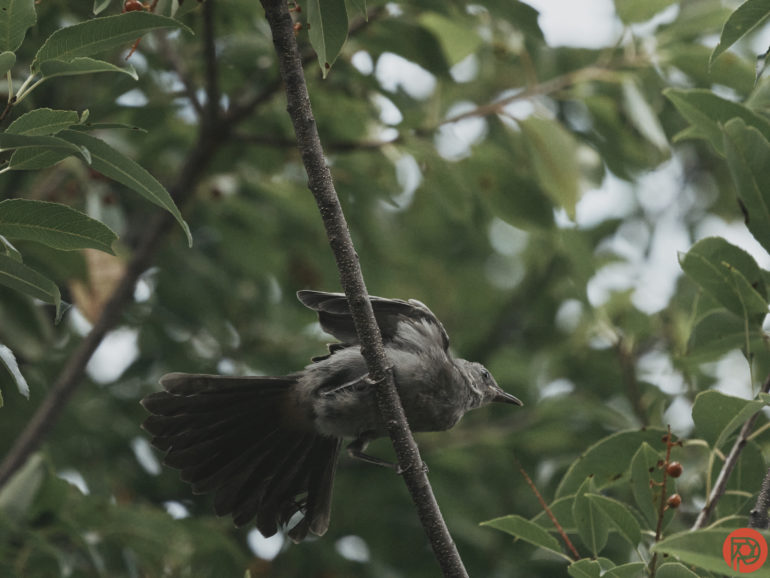
Combined with OM SYSTEM’s great lenses, you’ll get photos of birds without having your back hurt after a day of shooting.
Focus Points

The focusing points here are crucial. Every camera system sometimes lets the camera make the decision on where it should focus. But when photographing birds in the wild, you probably shouldn’t do this because of the habitat birds live in. They’re typically up in the trees if they’re smaller. So when photographing them, the camera might think that you want to focus on branches, leaves, and twigs instead. In this case, you need to give it some assistance.
The OM SYSTEM OM-1 has a lot of preset options for selecting autofocus points. But in practice, we’ve found that both large clusters and very small points work best. If you’re pointing the camera at a bird and the points aren’t on the bird, chances are strong that bird detection will do its thing. Of course, that’s if the light is sufficient.
But you’re trying to not miss the shot. So, just in case the camera can’t detect the subject clearly, you can always give it a bit of assistance. This is also why bird detection is the hardest of the AI scene detection modes to use: your subjects are super small, trying to hide, and sometimes flitting about.
Night Mode

Now here’s the biggest and arguably best part of all this! When using bird detection mode in dark forests, turn on OM SYSTEM OM-1’s Night Vision mode. This was previously known as Live View Boost on the OM-D series of cameras. What this does is make the viewfinder brighter and gives the camera a bit more autofocus assistance in the dark. Of course, you’re also turning off the infrared assist lamp. It’s more or less useless at the distances you need to be from birds. However, this mode can really help you get the shots you want.
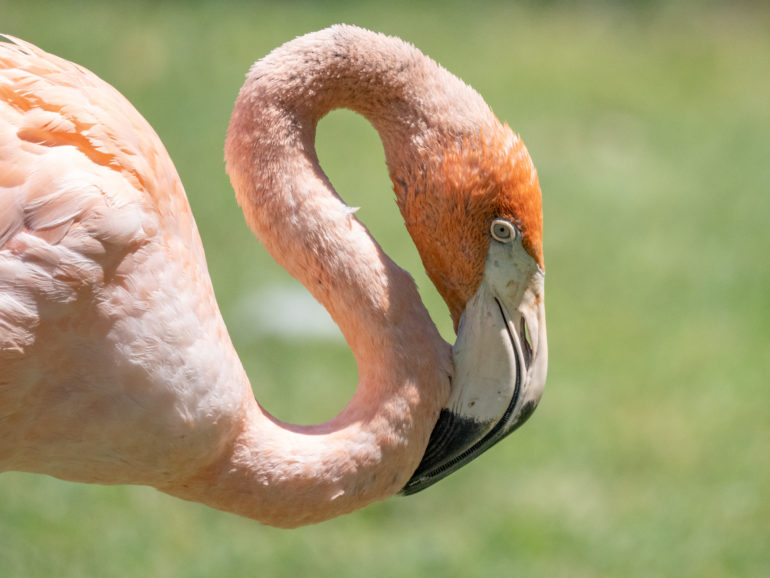
This piece is presented in partnership with OM SYSTEM. We’ve independently and ethically reviewed all the products in this post already without sponsorship. And we worked with them to recommend a few key gems to you.


